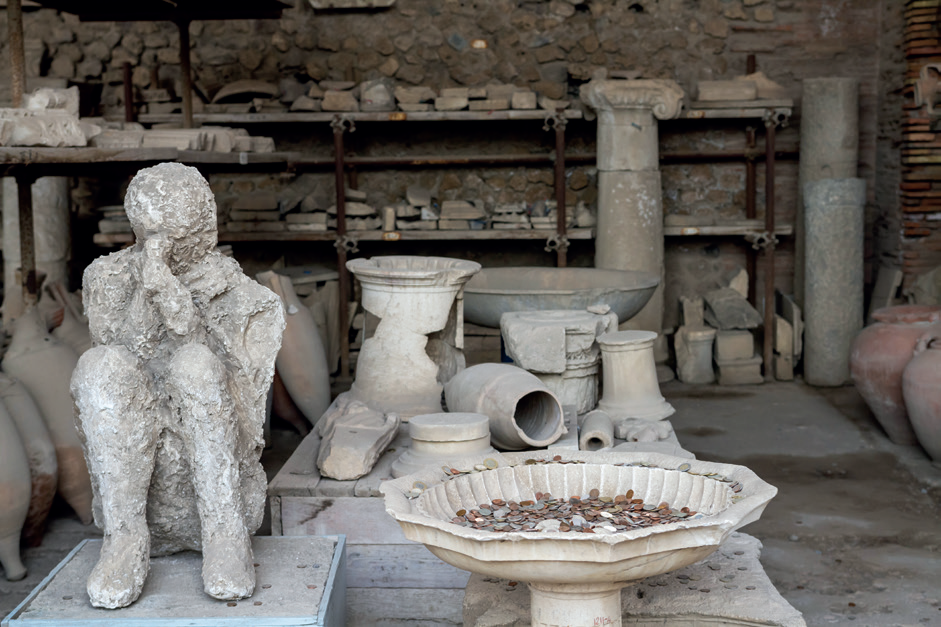The Lost City of Pompeii
The city of Pompeii was a major resort city during the times of Ancient Rome. The city of Pompeii was a popular vacation destination for the Romans. It is estimated that between 10,000 and 20,000 people lived in the city. Many wealthy Romans had summer homes in Pompeii and would live there during the hot summer months.
The area around Pompeii experienced frequent earthquakes. On August 24, 79 AD, Mount Vesuvius erupted. Scientists estimate that 1.5 million tons of ash and rock shot out of the volcano every second.
Shortly after the volcano erupted, the thick ash turned everything black—people couldn’t even see the sun. Some residents escaped the city while others took shelter in their homes. But the ash kept falling. Piles of ash grew as deep as nine feet in some places, blocking doorways and caving in roofs. Around 7 a.m., nearly 19 hours after the initial eruption, the city was completely covered in a deadly mix of ash and rock.
The city of Pompeii was buried and gone. People eventually forgot about it. It wasn’t discovered again until the 1700s when archaeologists began to uncover the city. Visiting the ruins of Pompeii is like going back in time. The layers of ash actually helped preserve buildings, artwork, and even the forms of bodies as they decomposed and left holes in the ash. All that allowed experts to fill in the details that might not have survived at many other Roman sites.

